
Filter News
Area of Research
News Type
Media Contacts
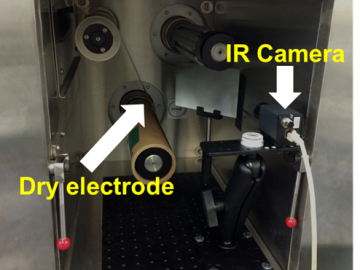
Production run spot checks of materials for lithium-ion batteries and fuel cells could be a thing of the past because of a process developed at Oak Ridge National Laboratory. The infrared/thermal nondestructive evaluation technique invented by a team led by David Wood examines key parameters such as porosity and thickness of the coating in real time without destroying product.
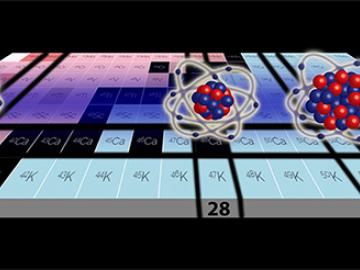
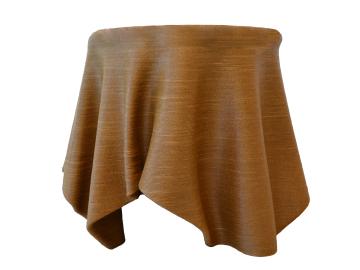
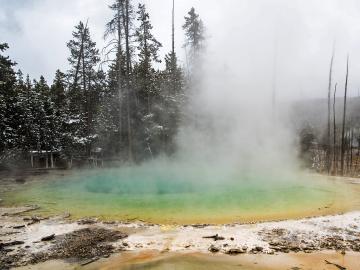
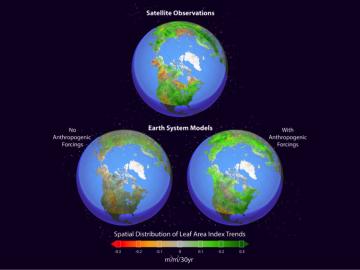
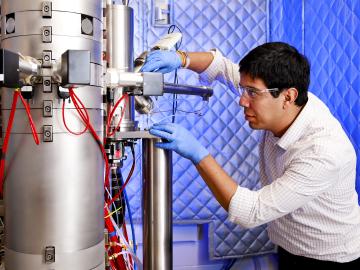
Scientists can now detect magnetic behavior at the atomic level with a new electron microscopy technique developed by a team from the Department of Energy’s Oak Ridge National Laboratory and Uppsala University, Sweden. The researchers took a counterintuitive approach ...

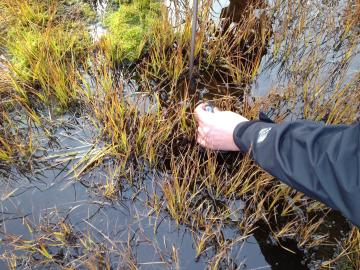
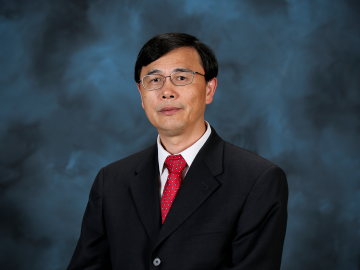
Baohua Gu, a distinguished senior scientist in the Environmental Sciences Division of the Department of Energy's Oak Ridge National Laboratory, has been elected a fellow of the Geological Society of America (GSA).

Drivers of Formula E cars may soon no longer have to change cars midway through the race, thanks to a battery coating technology developed by XALT Energy of Michigan and Oak Ridge National Laboratory. By depositing a nanoscale layer of alumina on oxide cathodes, researchers have incre...


